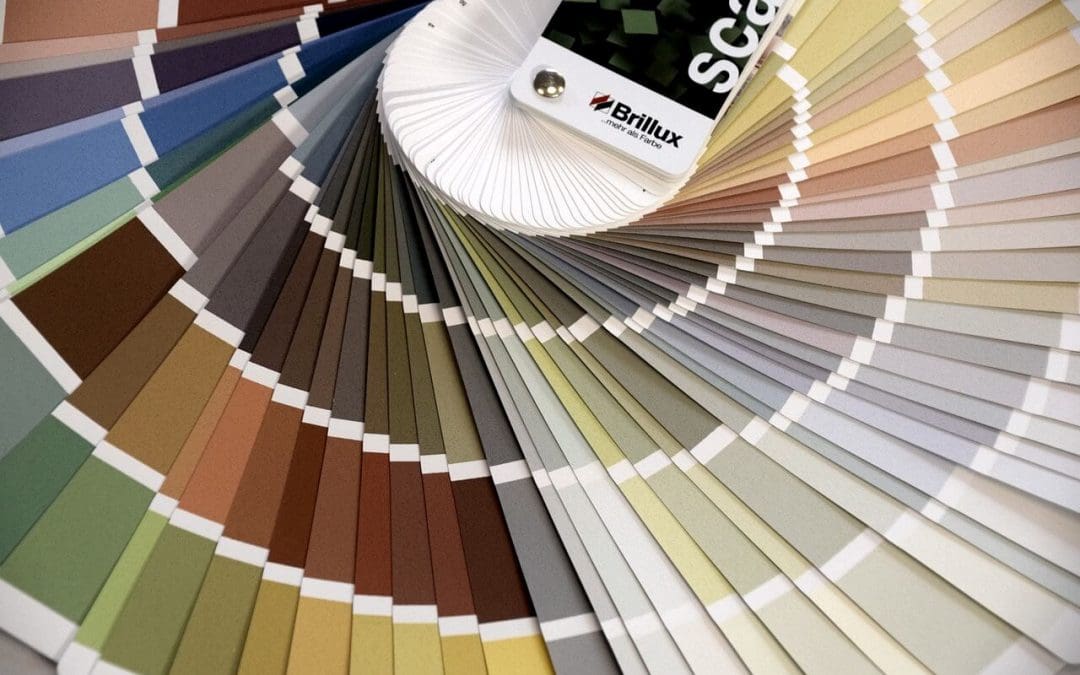Whether you want to refresh your living space or spruce up your home before putting it on the market, a fresh coat of paint will do a lot for your interiors. Painting is a cost-effective way to transform the look and feel of your home. To help you achieve a professional result, here are a few interior painting tips to ensure your DIY project is a success.
Tips for Interior Painting
Prep Work is Key
Before painting, thorough preparation is essential. Start by cleaning the walls to remove dust, dirt, and grime. If there are imperfections like holes or cracks, patch them with a suitable filler and sand the area smooth. Good preparation ensures your paint adheres properly and delivers a smooth, flawless finish.
Use High-Quality Paint and Tools
Investing in quality paint, brushes, and rollers is wise. High-quality paints provide better coverage and are more durable, so your efforts will last longer. Good brushes and rollers are equally important; they make for smoother application and save you from loose bristles or lint on your walls. With the right tools, you can confidently tackle your project.
Interior Painting Tips: Don’t Skip Primer
Primer often gets overlooked, but it plays an essential role in painting. It ensures better paint adhesion and hides stains on the walls. Applying primer is especially important when making a drastic color change or covering imperfections.
Cutting In Before Painting
Cutting in is the process of painting along the edges, corners, and trim before tackling the main surfaces with a roller. Use an angled brush for this task, and take your time to achieve clean, sharp lines. It’s a detail-oriented step that makes a big difference in the overall look of your interior paint job.
Use the Right Technique
While it may seem straightforward, using the correct painting technique is vital for a professional finish. Start with a “W” or “M” pattern to distribute the paint evenly. Then, fill in the rest of the wall with vertical or horizontal strokes for a smooth, consistent look. Don’t overload the brush or roller, as excessive paint can lead to drips and streaks. Patience and a steady hand are essential for a professional-looking finish.
Paint in the Right Conditions
The environment in which you paint will affect the outcome. Opt for a time when the humidity is low and make sure the room is well-ventilated. High humidity slows drying time and impacts the finish, while good airflow aids in paint drying and minimizes odors. Paint in natural light whenever possible to see imperfections and ensure even coverage.
Interior Painting Tips: Apply Two Coats
Multiple coats of paint may be necessary to achieve a rich, uniform color. Be patient and allow each coat to dry completely before applying the next. Rushing this step can result in an uneven finish or even damage to the previous layers. It’s more time-consuming, but the result is worth the effort.
Painting a room in your home is a rewarding DIY project that can bring new life to your space. You can transform your home by following these expert tips and taking the time to prep, use quality materials, and paint carefully. With the right approach, your interior painting project will enhance the property’s aesthetics and provide a sense of accomplishment and satisfaction.
Advanced Termite and Home Inspections provides professional inspections to homebuyers and sellers in Eastern NC. Contact us to request our services.

